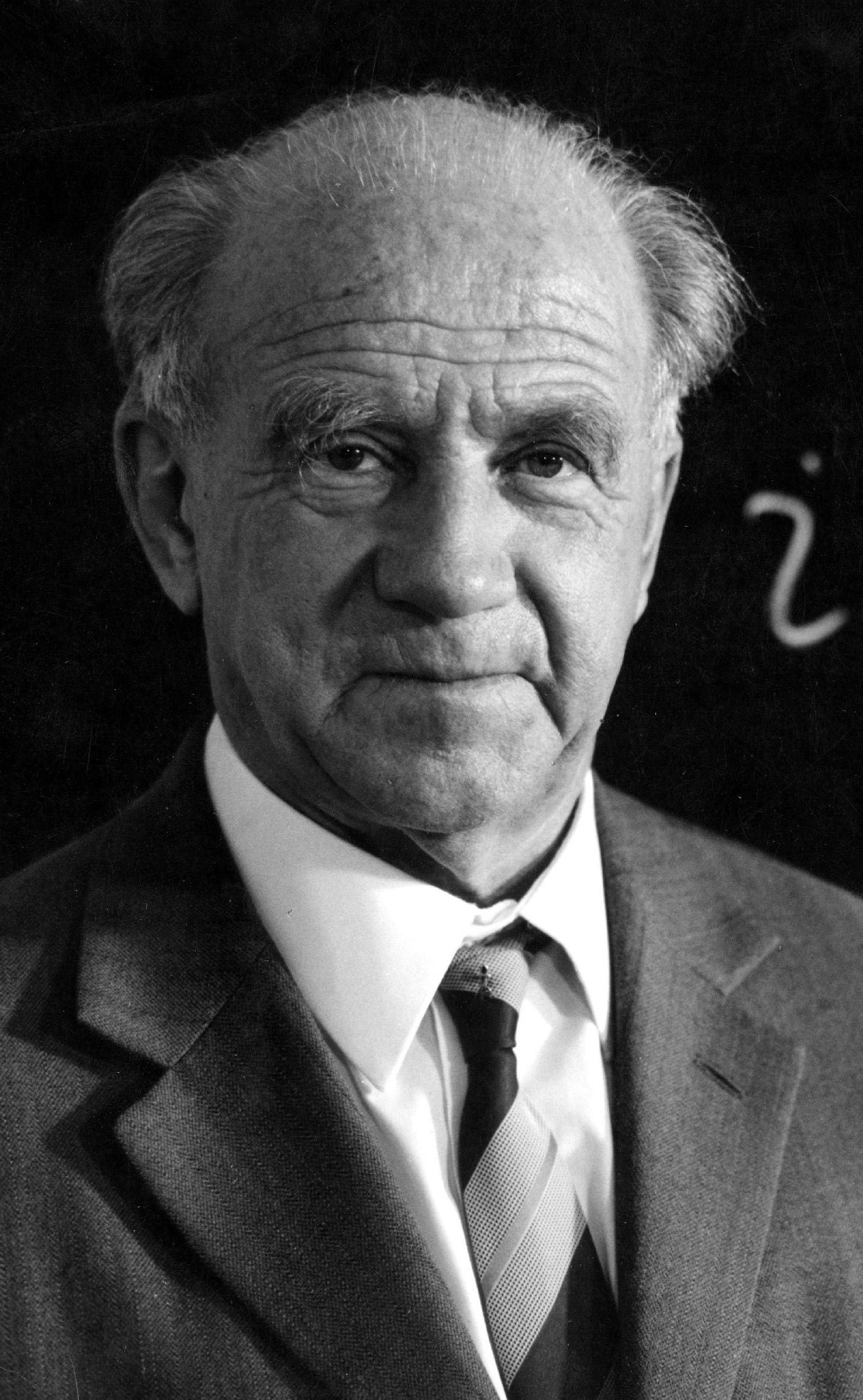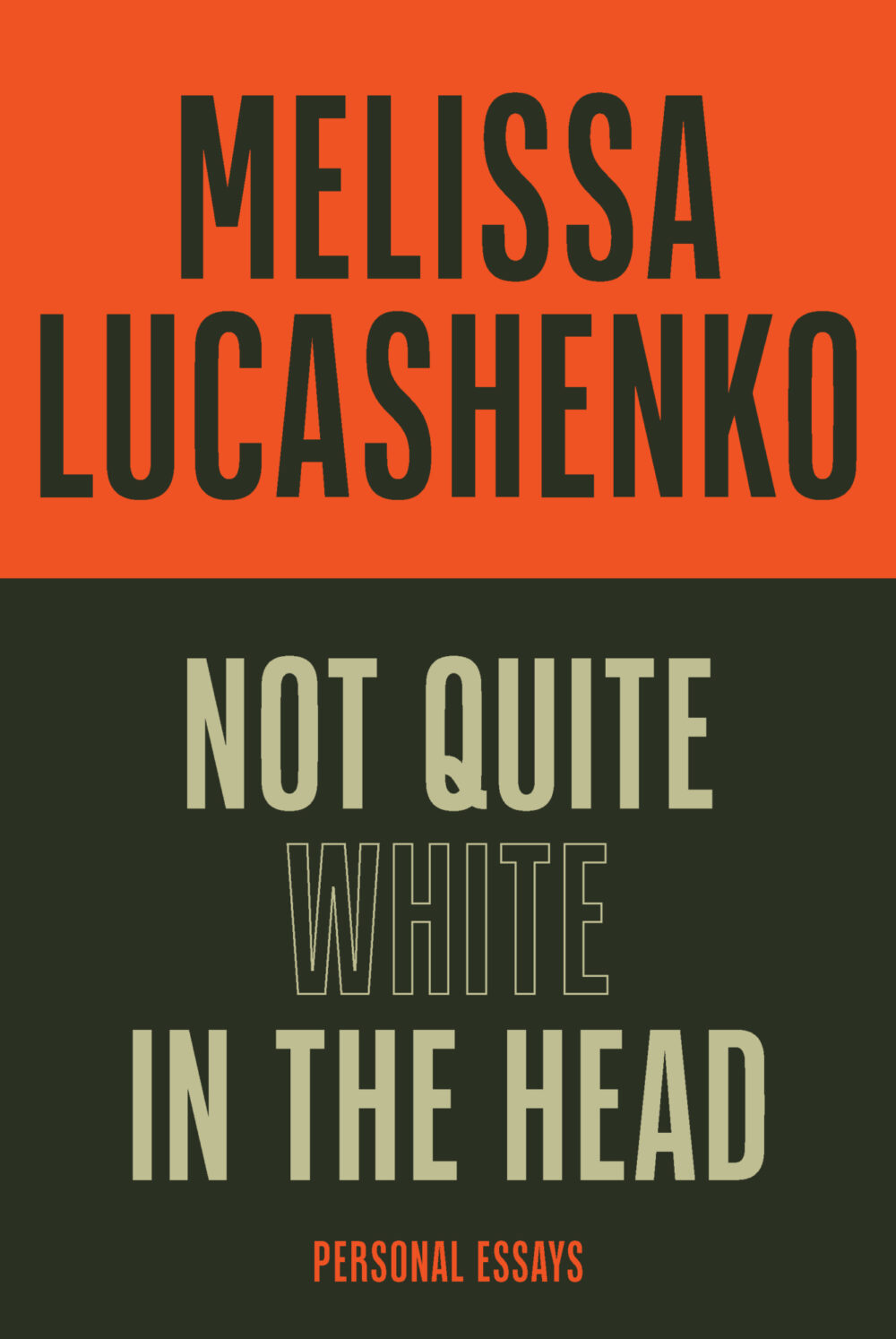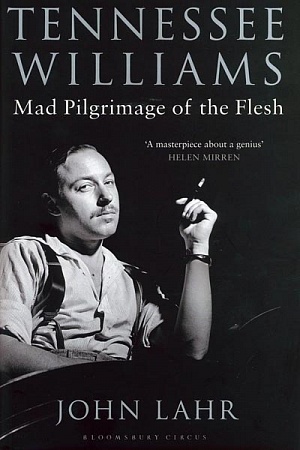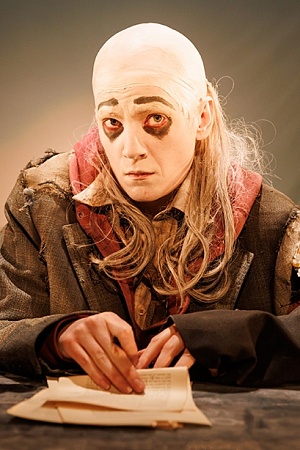Accidental Death of an Anarchist (Sydney Theatre Company) ★★1/2
It is not entirely hyperbolic to claim that for more than half a century, Dario Fo and his partner in life and performance, Franca Rame, were the theatrical conscience of Italy. In a variety of theatrical forms and with a series of different companies, they toured the country, playing to huge and varied audiences who responded to a style that could be called a combination of the Giullare, the medieval strolling players, and Brecht, with a bit of Feydeau thrown in to the mix. The Giullare used music, mime, dance, acrobatics, and improvisation to put their stories across and, like Fo and Rame, were constantly in trouble with the authorities they satirised. Although politically dedicated to the left, Fo and Rame attacked the hide-bound, bureaucratic nature of the Italian Communist Party as much as the still fascistic far right. This irreverence did not come without cost. In 1973, Rame was abducted, tortured, and raped by men whose connection to the right-wing authorities was pretty obvious. Far from stopping her, she turned the experience into a devastating monologue.
In much the same way, Fo took actual events and built plays around them. ‘Our theatre is a throwaway theatre ‘[un teatro da bruciare],’ he said, ‘a theatre which won’t go down in bourgeois history, but which is useful, like a newspaper article, a debate or political action.’ Accidental Death of an Anarchist – first performed in Milan, in 1970 – has turned out to be anything but throwaway. It is Fo’s most performed work, but it too was taken from an actual event. On 12 December 1969 a bomb exploded at the National Agrarian Bank in Milan’s Piazza Fontana, killing seventeen people. An anarchist railway worker, Giuseppe Pinelli, was picked up by the police in connection with the bombing, and three days later was seen to fall to his death from a window of the Milan police station. The three officers who interrogated him were put under investigation, but it was concluded that the death was due to ‘accidental causes’.
Fo takes this event and satirises the ludicrous attempts the authorities made to cover up the obvious, using transcripts of the investigations and police reports. He introduces a character called the Maniac who exposes the brutal absurdity of the police response. He called the play a ‘tragic farce’. On the one hand, he has said that his theatre ‘shouldn’t just be a documentary theatre of cold information … There must be a vast mechanism to make people laugh about dramatic events.’ But he also said that at the first performances, ‘Pinelli, or rather his corpse and with it the corpses of the massacre were a constant presence on stage.’ To succeed, the play has to work on two levels. The farcical one must always be linked to the underlying seriousness of the situation.
Continue reading for only $10 per month. Subscribe and gain full access to Australian Book Review. Already a subscriber? Sign in. If you need assistance, feel free to contact us.











Leave a comment
If you are an ABR subscriber, you will need to sign in to post a comment.
If you have forgotten your sign in details, or if you receive an error message when trying to submit your comment, please email your comment (and the name of the article to which it relates) to ABR Comments. We will review your comment and, subject to approval, we will post it under your name.
Please note that all comments must be approved by ABR and comply with our Terms & Conditions.